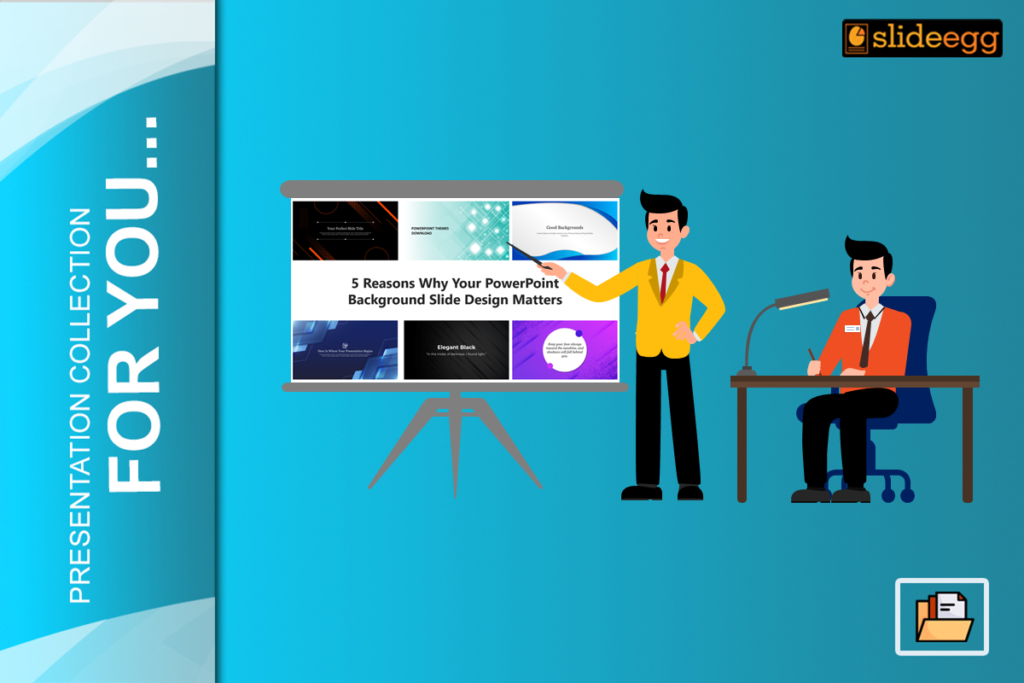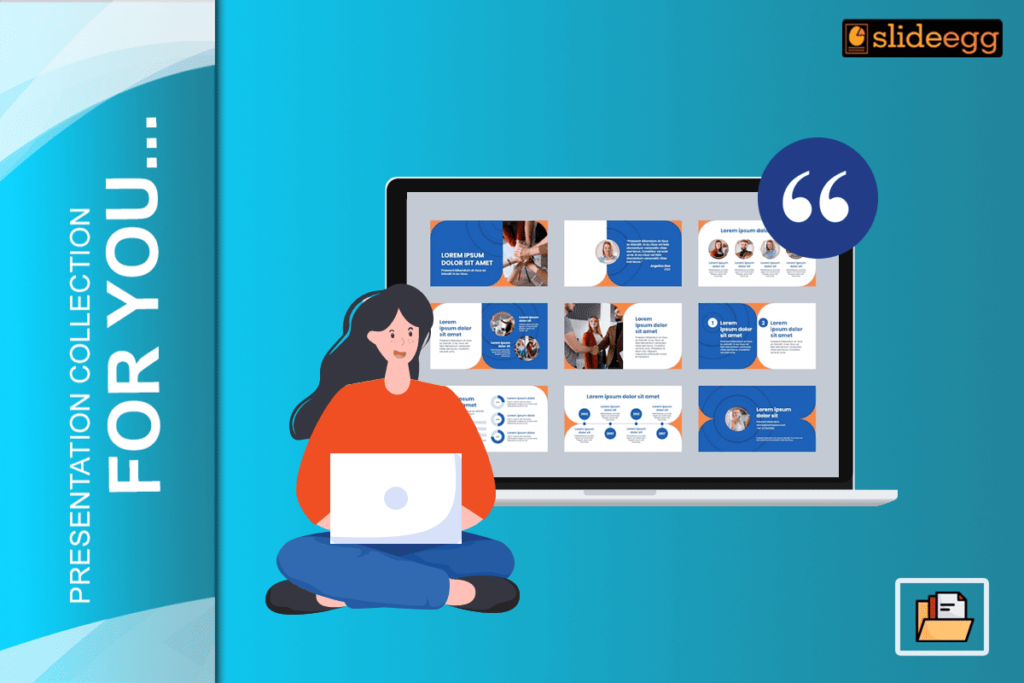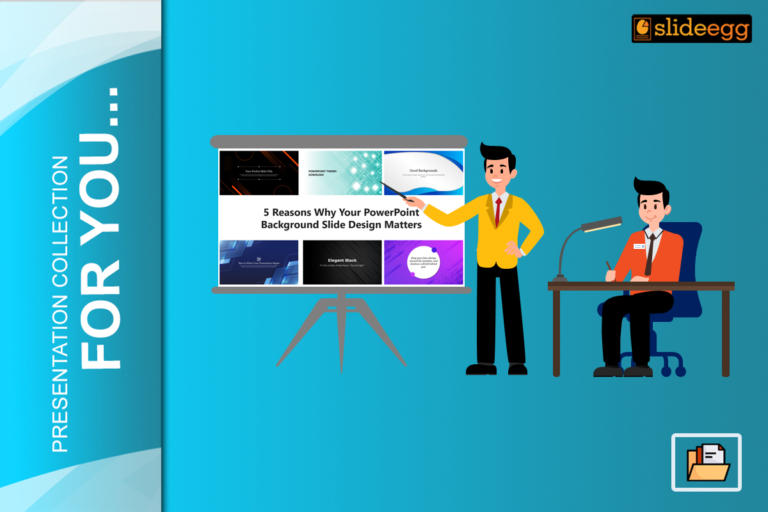Effective recruitment starts with a well-structured agenda to ensure you attract and secure top talent efficiently. One of the most indispensable processes an organization is going to engage in is recruitment, for the securing of the best talents. Having a structured agenda slide presentation in recruitment makes the process easy and makes the experience hassle-free both for recruiters and candidates. Here are some simple key elements you could use to include recruitment through an agenda.
Pre-Interview Preparation
Before the interview phase, there has to be a well-structured and coherent pre-interview preparation phase. It usually consists of the following:
Job Description and Requirements
One of the essentials of the recruitment process is a job description that clearly explains the job, role responsibilities, required skills, and qualifications. Choosing a flowchart presentation can help both the recruiter and the candidate to know exactly what would be expected.
Candidate Sourcing and Screening
Effective candidate sourcing strategies would involve job posting on different platforms, referrals, and social media outreach. Once the applications are received, resumes are to be screened to shortlist only those candidates who match the criteria of the Job.
Scheduling Interviews
Before you begin creating a flowchart presentation, it’s essential to define the main objectives of your business plan. Coordinate with the interview panel and candidates for scheduling the interviews. Make sure that the timings of the interview should be at a time that is convenient for both the beneficiaries. It can be made easier using recruitment methods PPT.
The Interview Process
Welcome the Candidate
First impressions do matter. Begin the interview with a warm welcome, followed by a brief introduction to yourself, your company, and your interviewers. This goes a long way in setting the right tone for the remainder of the process.
Structured Interview Questions
Make sure you have structured interview questions ready—those that are relevant to the role, covering technical skills, behavioural aspects, and cultural fit. This is also a place where behavioural questions using the STAR method will be very useful: Situation, Task, Action, Result. In your presentation, ensure each component is clearly represented with distinct symbols and lines, making it easy for viewers to follow the flow of information.
Active Listening and Note-Taking
Listen actively during the interview and ensure detailed notes are taken to guarantee you capture information so that you will be able to revert to your hiring decisions.
Candidate Questions and Feedback
Make sure to leave space for candidates to ask their questions about the role and the company. Enhance their interview experience with feedback on their responses and clear up any doubts they may have.
Decision-Making and Communication
Rate and Score
Immediately after the interview, the panel should score the candidates against defined criteria. A scoring system could be used to facilitate fair comparisons between different candidates. Selecting an appropriate flowchart presentation template is important for effectively conveying your business plans.
Background Checks and References
Conduct background checks on the candidates and verify the references that they have provided. This will confirm the information provided and hence you can make informed decisions.
Job Offer and Negotiation
When a decision has been arrived at, make a job offer to the chosen candidate. Be prepared to negotiate salary, benefits, and other terms of employment.
Onboarding Planning
Clarity is the key to any agenda. It can be made better using an efficient agenda presentation. Plan the onboarding for a smooth transition of the new employee onboard. This will involve providing necessary documents for signing, organizing the workspace, and planning an informative induction program.
Follow-Up and Feedback Need
Keeping Candidates Informed
Ensure timely communication throughout the process to all candidates about changing their status and regarding the next steps. Sharing your agenda presentation with team members or stakeholders is an essential step in refining your business plan.
Constructive Feedback
The impression of unsuccessful candidates can be kept positive through constructive feedback. They may again apply for the next available opening. Your agenda presentation should highlight key milestones and deadlines within your business plan.
Continuous Improvement
Get feedback from both the candidate and interviewer regarding the recruitment process. It could bring improvements in future recruitment. An updated agenda presentation ensures that all stakeholders are on the same page and that the plan continues to drive progress effectively.
Facts and Stats to Support the Content
- Glassdoor states that a good onboarding process can support organizations in improving new hire retention by 82% and productivity by more than 70%.
- According to a report from LinkedIn Talent Solutions, 75% of job seekers will consider an employer brand before they even apply for a job.
- In this regard, the Society for Human Resource Management says structured interviews can increase by up to 57% the predictive validity of employee performance.
- These facts and figures can be built into the recruitment agenda to give it a data-driven approach, in turn improving the overall effectiveness and credibility of your process.
Streamline Recruitment Using Creative Agenda Slides
A structured agenda in the recruitment process truly ensures that all the key elements are captured, which ensures faster and more effective recruitment. Equipping these simple key elements into organizations is bound to improve recruitment outcomes. It can attract the best talent by using an efficient presentation.







